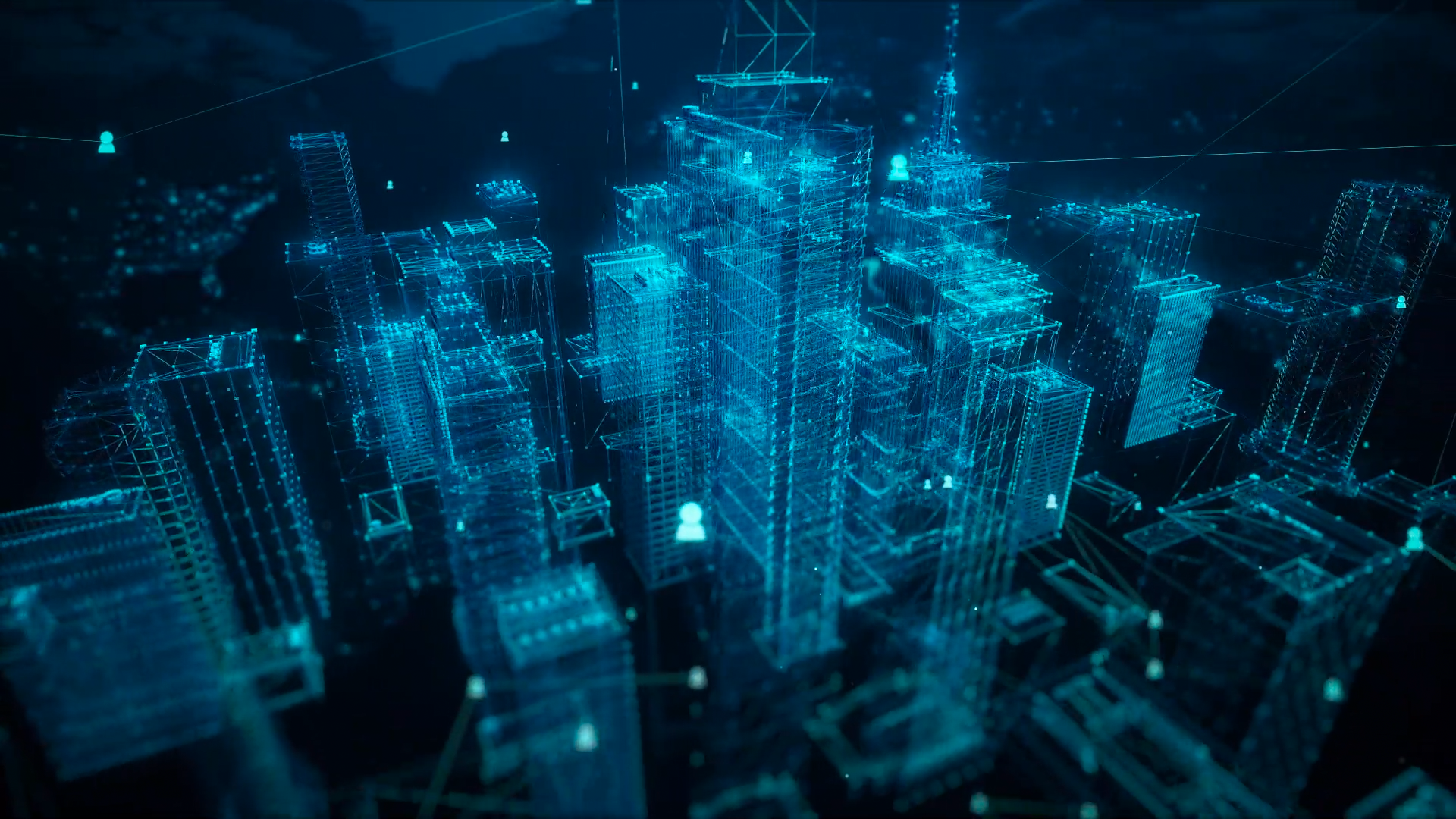
Phygital: an all-Italian case history
A research by Lumsa and La Sapienza on the Cortina 2021 Opening Ceremony organised by TGI.
Among the changes brought about by Covid have undoubtedly been those caused by the inability to attend national and international in-person events. It is no surprise that the number of theoretical contributions published on the phygital phenomenon as applied to the events industry has increased dramatically.
In fact, the growing interest shown in the pandemic era in this hybrid experiential form that has revolutionised the way the sector does business has been followed by a rich series of publications that have allowed us to feed the subject’s bibliography.
Referred to mainly as customer experience, prior to the rise of Covid-19, the term indicated the possibility of integrating in-person purchasing habits with online modes.
Today’s narrative is more complex and less reductive.
Following the implementation of new rules, such as social distancing, the phygital paradigm is asserting itself in all sectors. It has come to be defined as any experience in which online and offline overlap, in response to the need to communicate more effectively with an increasingly virtual audience. The phygital format not only allows the message to be amplified and distributed to an indefinite number of people without regard for geographical boundaries, but it also provides the audience with a tailor-made experience.
There is an all-Italian contribution among the main academic contributions that link the neologism, coined in 2007 from the crasis between the terms physical and digital, to the combination of the digital world and the renewed value of physical experience. The recent opening ceremony of the 2021 Alpine Ski World Championships held in Cortina was identified as an emblematic example of the concept by researchers from the Universities of Rome Lumsa and La Sapienza (available for download below). The event, organised by TGI and chosen for its international significance as well as widespread media coverage, has been proposed as a model case study for the study of the phenomenon.
The resonance of the event on the territory and the perfect integration of live experiences and digital, made possible by the use of technological tools that facilitated immersion in the physical space, were decisive factors in the selection of the case study. The interaction experimented in Cortina through the different platforms, according to the authors of the paper, allowed the consolidation and shaping of the new format, which was very different from the live in-person events.
The analysis reveals that the realisation of an event of this type requires first a thorough understanding of the target audience, precisely because the phygital experience can adapt to the target audience via customised content (e.g. tech media centre for journalists, App for fans) across multiple channels.
The main characteristics of a phygital event are summarised as follows:
- the event must have two distinct audiences, on-site and virtual.
- brief speeches (maximum 45 minutes) to maintain audience interest
- diversified narrative structure for various audience segments
- the entertainment continues after the event with the distribution of digital content (Social Media, App, Web)
“Because they disrupt the space-place unity, phygital events have a much longer tail of resonance and return. They feed the expectation of where to be by starting before the physical event”, according to the research.
Because of the use of human-centred digital technology, the event can be experienced in 360°, allowing participants to share and comment. A non-intrusive technological blend that conveys the physical experience via digital and vice versa. Consider the use of 3D technology or wearables as examples.
In the case of Cortina 2021, technology has brought people closer together by replicating the physical experience of interacting with athletes (via Apps), which is far more effective than selfies or autographs.
Download file